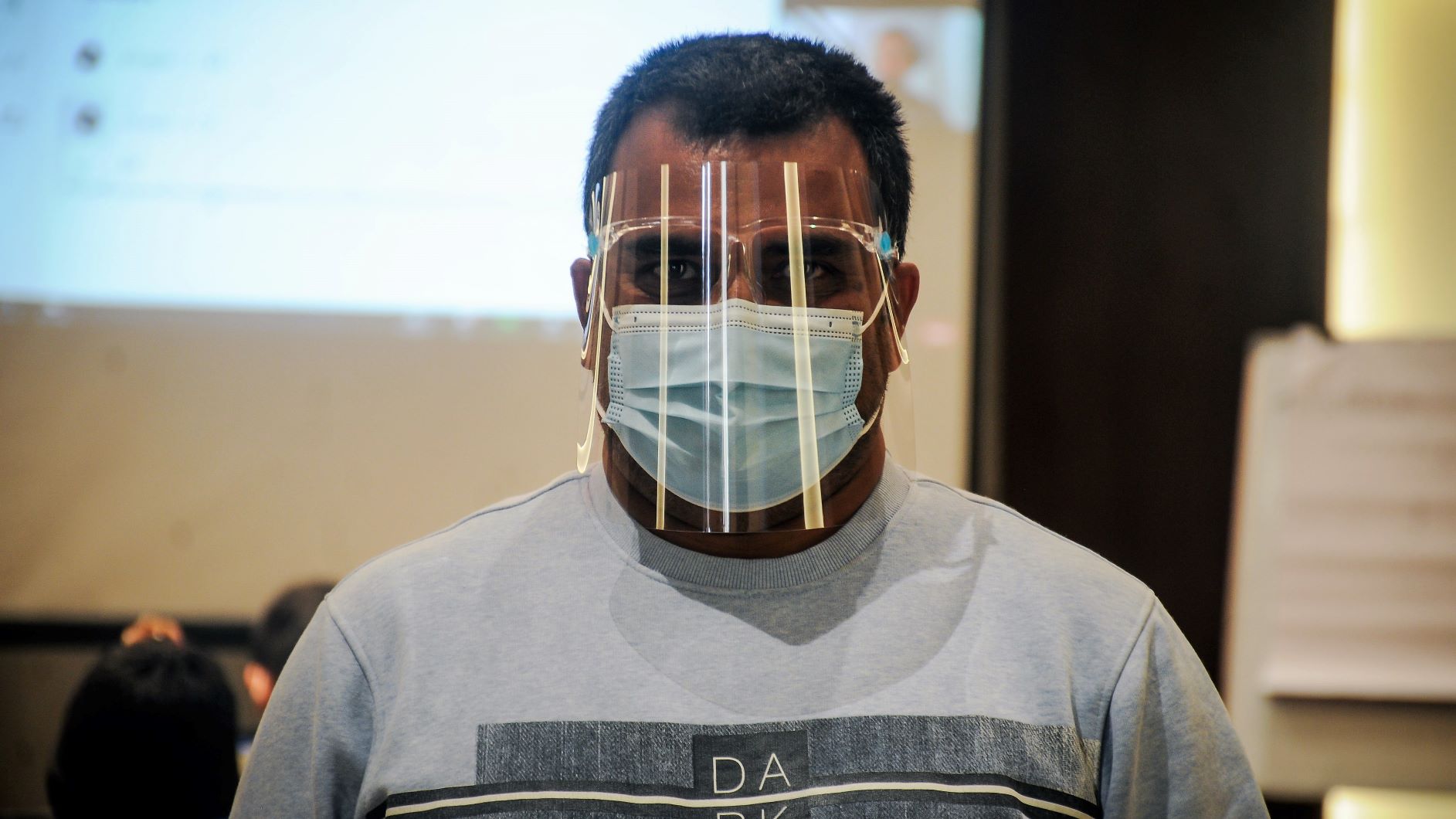Nepal Army took the chain of control on Maoist combatants in a important development of Nepal’s peace process. However, the wounds of war will only be healed by truth reconciliation.

Cartoon by Rajesh KC/Republica (Reproduced with permission)
For the record, on April 10, 2012, Nepal Army took control of the weapons and the chain of command of the Maoist’s People’s Liberation Army. This officially makes United Communist Party of Nepal (Maoist) a civilian party without weapons and combatants; and the change marks an important achievement in Nepal’s peace process after the end of Maoist’s 10-year-long People’s War.
The Maoist began the People’s War in September, 1996; formed PLA in 2001 and ended the internal conflict after signing a Comprehensive Peace Accord on November 21, 2006.
Since then, Nepali politics is seeing turbulent times with five Prime Ministers and delays in concluding the peace process by integrating the PLA within the Nepal Army; and drafting the new constitution for the Federal Republic of Nepal. After an election, Maoist became the biggest party, without majority, in the Constituent Assembly and the Parliament.
The leaders of main political parties are since then bargaining hard on government, new constitution and peace process – often ending in inconclusiveness and creating frustrations among people. However, the decision by the Special Committee (headed by Prime Minister Baburam Bhattarai, also a Maoist vice-chairman and including Maoist supremo Pushpa Kamal Dahal Prachanda) to immediately invite Nepal Army to take control was a dramatic turn.
It was created out of necessity rather than Maoist flexibility yet it’s a bold decision on the part of the Maoist leaders (despite vice-chairman Mohan Baidya faction calling it a betrayal of revolution and a meek surrender; and condemned the decision) and would prove a milestone in Nepali history.

A meek surrender? Maoist supremo Pushpa Kamal Dahal Prachanda. Photo reproduced with permission from myrepublica.com
Maoist party has a long standing tug of war between Prachanda and his political guru (and vice-chairman) Mohan Baidya over the course of action after the Peace Accord. Dahal’s line has been peace and constitution while Baidya’s was more of revolutionary basically demanding greater role for the Maoist combatants in Nepal Army and leaders in the state affairs. Prachanda has kept the conflict balanced using other vice-president Baburam Bhattarai.
Lately however, Baidya had gone more radical and it was difficult for Prachanda to keep that balance. Very lately, Baidya faction was unofficially revolting by not attending party’s central committee meeting and openly calling combatants for revolt. This resulted in confusion among the combatants, who after staying in rough condition of cantonments for a long time, were looking for better consensual way out.
The tensions in the cantonments were high. Baidya faction moving aggressively, and it was difficult for commanders to control them due to conflict in the party. The message to Prachanda was clear: if everything was not sorted out as soon as possible, anything untoward could happen in the cantonments. If anything of such had happened, Maoist would have lost the credibility putting the state into a bigger danger.
There was only way out – a bold decision and Prachanda, with backing from Bhattarai and other parties, made the decision. They should be duly credited for the milestone.
NOT THE END

Parbati Duwadi of Thanti in Lamjung lies in a pool of blood after being killed in a crossfire while her brother-in-law holds her infant son. Photo from Jaw Knock Approach
This is however not the end of the peace process. For a complete peace, not only the rebel army be integrated or retired or rehabilitated but the wounds of the war should also be healed.
The wounds that was created in 10 years of conflict are not easy ones – some of them are being carried by youths who were too young to understand anything when all happened; there are certainly war crimes committed and there are hundreds of disappearances unaccounted for.
The lives of 17,000 people were lost and each death probably left back half-a-dozen people hurt with deep wounds.
The peace process will only be completed with reconciliation and it’s a lengthly tedious process needing diligent commitment from all sides. The Truth Reconciliation Commission (TRC) should be taken seriously to keep the country peaceful in future. The political leadership should also show urgency in forming all-powerful TRC and start working out healing the wounds.

